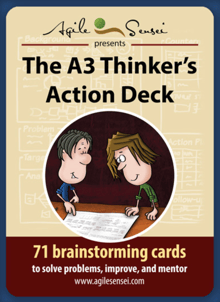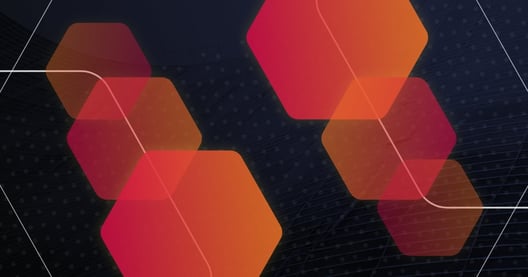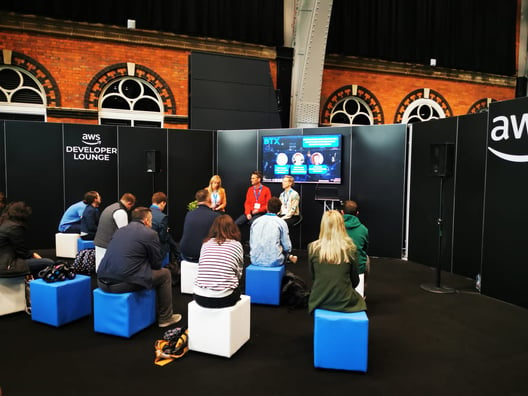
- By Natalie Gray
- ·
- Posted 01 Dec 2023
You’re never “done” with Product Discovery
At Codurance, Product Discovery - the process of understanding users needs and validating your hypothesis before building products, is a continual..
In my last blog post, Start your Product Discovery running stakeholder interviews, I provided a high-level overview of why it’s important to conduct stakeholder interviews at the beginning of an engagement or Discovery Phase, what they are, and who needs to be involved. If you haven’t read it yet I highly recommend doing so, to help you contextualise the content of this blog post.
Here I’d like to share with you how I structure my stakeholder interviews.
My stakeholder interview is structured with 3 main sections:
Stakeholder Interviews set Product Discoveries off right. When they are thoroughly planned and structured they ensure the team understands business problems. Starting the interview session with a quick round of introductions ensures that attendees understand each other’s role and responsibilities. To know who decision-makers are and who could prevent the product team from releasing, ask a question like:
What’s your role in the organisation, and how does it relate to the product/service?
Don’t forget to introduce yourself and also to ask team members to briefly present themselves to stakeholders; this is a great chance to start bridging the gap between Business and IT and encouraging the collaboration between the two departments right from the early stages.
It's very important to dedicate time to the interview preparation.
Keeping in mind the main goals of stakeholder interviews (check the second paragraph of my previous blog post), I always choose a set of questions to guide the conversation, but years ago this wasn’t an easy thing to do.
Planning and conducting stakeholder interviews was very stressful for two main reasons:
My team and I needed to gather a lot of information from stakeholders to start delivering value to the business as soon as possible. The problem was that I had too many questions to ask and I didn’t know how to filter them out and focus only on the best questions for the context, hence I used to end up asking questions like these:
 I was very unsatisfied with these kinds of questions, so I understood that something needed to be changed. Before starting to change things I had to identify the nature of my frustrations, which took me a while to do, but I eventually got to the root cause: the questions above are too broad; too generic. Besides, they are framed in a way which takes for granted that each stakeholder shares the same understanding, which is not the case most of the time. I started to research better ways to craft my stakeholder interviews and one day I came across Claudio Perrone’s A3 Thinker’s Action Deck.
I was very unsatisfied with these kinds of questions, so I understood that something needed to be changed. Before starting to change things I had to identify the nature of my frustrations, which took me a while to do, but I eventually got to the root cause: the questions above are too broad; too generic. Besides, they are framed in a way which takes for granted that each stakeholder shares the same understanding, which is not the case most of the time. I started to research better ways to craft my stakeholder interviews and one day I came across Claudio Perrone’s A3 Thinker’s Action Deck.
The A3 Thinker’s Action Deck is a set of brainstorming cards that helps facilitate the conversation to create the A3 report, a management tool developed as part of the Toyota Production System (TPS) and adopted by Lean organizations worldwide.
The quality of the information you get out from an interview has a lot to do with the quality of the questions you ask, and the A3 Thinker’s Action Deck contains hundreds of high-quality questions that I started to use in my interviews. During stakeholder interviews that I run at the beginning of an engagement or Discovery phase, I mostly use questions coming from the Background, the Current Situation and the Problem sections of the deck.
Examples of questions that you can find in the deck and that I generally ask are:
It’s very important to spend some time crafting your stakeholder interview guide: start by identifying what you want to learn by the end of the session, and choose 10 questions from the A3 Thinker’s Action Deck to ask your stakeholders. Stakeholder interviews are about making the most of interviewee’s limited time for getting up to speed quickly on the context of the problem that you and your team are asked to solve, so arriving at the interview with a list of more than 10 questions can be risky. The conversation should be timeboxed, but if you realise that you still have many questions to ask but not enough time, you will end up rushing, which won’t lead to good outcomes.
Always remember “quality over quantity”: the questions above are powerful, they don’t give space to vague answers and they challenge stakeholder’s beliefs. By asking those questions we help our customer identify the nature of the problem so that they turn their attention to the problem itself without running the risk of minimising it. For instance, when we ask questions coming from the first part of the deck, the Background Section, we end up analysing with stakeholders the impact that their problem may have on the future of their company, and on their personal future as well. And thanks to this we learn more about our stakeholder’s pains and fears.
One of the mistakes that I used to make at the beginning of my career was thinking of questions only as a requirement gathering tool: by asking questions I expected the interviewee to have a clear and right answer to my questions which is not always possible. Questioning is an activity that can be used for many purposes: to get to the truth of things, to open up issues and problems, to uncover assumptions, to analyse concepts and to identify what we know from what we don’t know... When you start to understand that questioning can be an extremely powerful tool you’ll also teach your team and the Business the value of developing questioning minds to probe beneath the surface of things to solve the right problems.
Stakeholder mapping is an activity that I like to run before ending a stakeholder interview. Unless the company you work for is very small, it’s likely that in the room many people who can contribute to the success of the product/project, or can obstruct it, are missing. A stakeholder map is an engagement tool that helps the team identify key stakeholders so that the team can make an appropriate communication plan to gather requirements and to keep decision-makers engaged and informed.
Brainstorming with the people in the room to find out who else has an interest in our product and who has an impact (it could be a negative or positive impact) on our product is the starting point to collaboratively create a stakeholder map.
There are many ways to map stakeholders. The one that I use is a 2 x 2 matrix, with the Influence axis and the Impact axis. Start a conversation by asking questions to identify who else should be involved in the initiative and map them on the matrix based on the level of influence and support
It’s once all stakeholders are on the map that strategic conversations begin; you look at the map and ask the group:
How can we make someone with high influence but low interest, interested in our product so that they support us?
Stakeholder maps are a powerful visual tool that not only gives a snapshot of all the people that the team works with, but also the type of relationship between them (see green and red lines on the map).
This is just a brief introduction to Stakeholder mapping which deserves a dedicated blog post.
It’s very easy to underestimate the importance of planning and structuring a stakeholder interview. If the interview is rushed and improvised, there will be a lot of time wasted in extra meetings because of lack of communication and alignment, that can last through the whole Discovery phase. Stakeholder interviews are your first opportunity to gain stakeholder’s trust and respect; careful preparation (and practice!) is needed in order to make them successful.
Photo by Emily Morter on Unsplash

At Codurance, Product Discovery - the process of understanding users needs and validating your hypothesis before building products, is a continual..

Designing a good User Interface (UI) is fundamental to ensuring not only user satisfaction, but also the success of a product - of course, this..

The AWS Developer Lounge is often present at large tech events such as DTX, providing a place for all sorts of interesting discussions to happen...
Join our newsletter for expert tips and inspirational case studies
Join our newsletter for expert tips and inspirational case studies